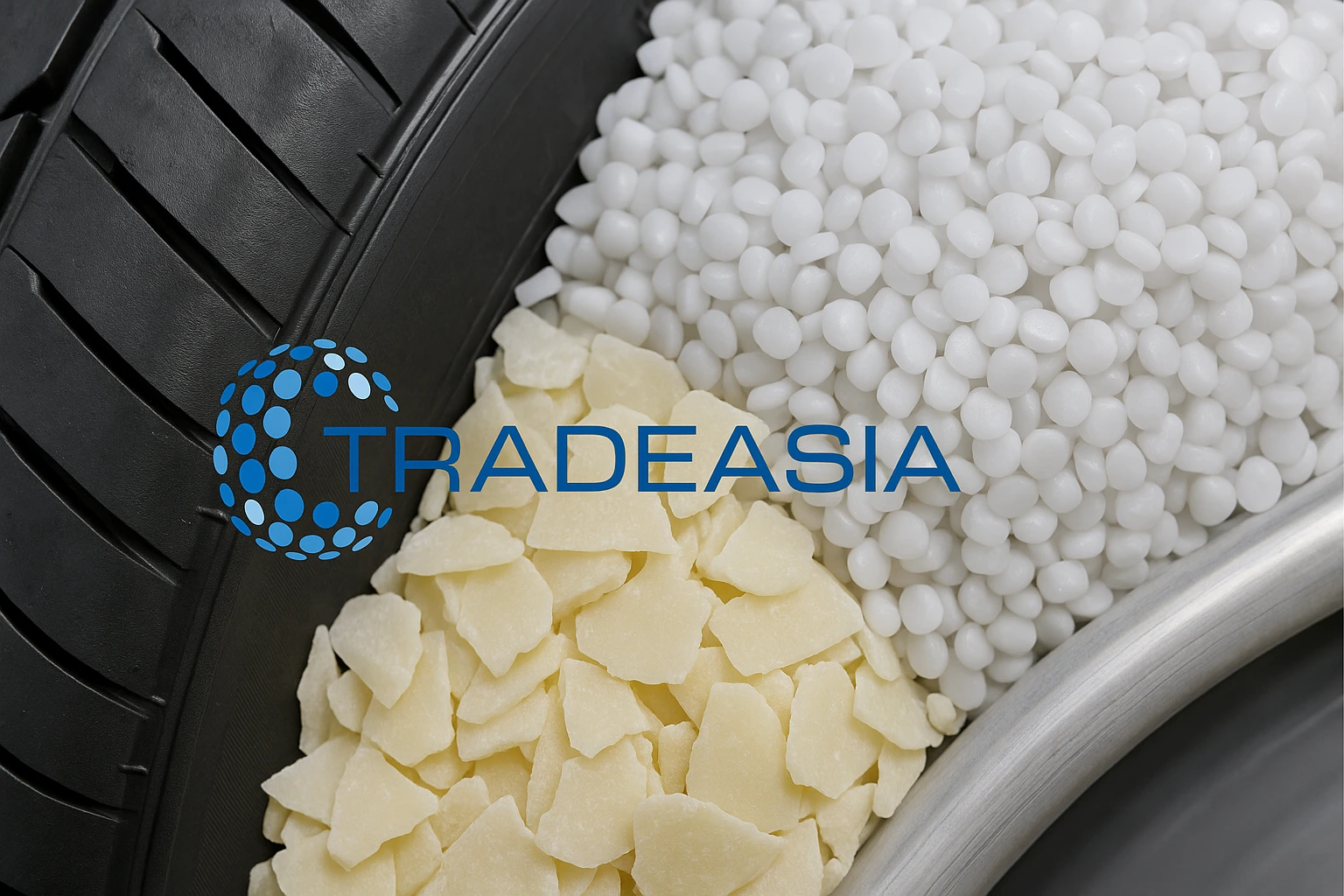Latest Articles



Rubber
Stearic Acid in Industrial Use: The Hidden Hero Behind Tires, Plastics, and More
07 July 2025